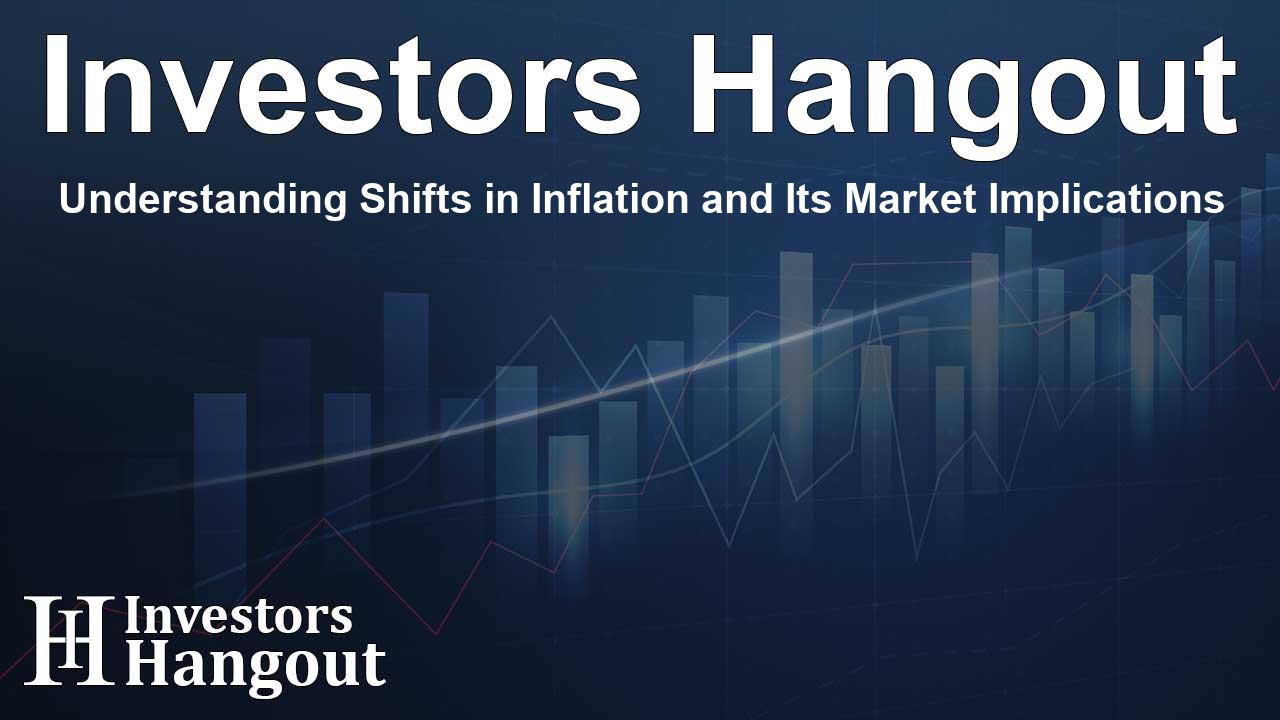Understanding Shifts in Inflation and Its Market Implications

Forecasting Economic Trends: Disinflation Ahead
As we look ahead to potential economic shifts, the prevailing belief is that a significant disinflationary trend may impact the market, particularly in the first half of an upcoming year. This expectation hinges on the core PCE metrics, anticipated to achieve levels around or below 2% during this period.
Leading Indicators and Their Significance
Our analysis utilizes a Leading Inflation Indicator that collates the seven most influential forward-looking predictors for core US inflation. Recent tendencies in these indicators provide insights into the economic landscape, with notable contributions from shelter inflation, which comprises a substantial portion of the overall inflation basket.
Insights on Shelter Inflation
One crucial observation is the recent downturn in the CoreLogic single-family rent index, which has reached levels unseen in 14 years. This downturn directly reflects adjustments in rent and housing dynamics, ultimately influencing inflation trends.
The Housing Market: Evolving Dynamics
Challenges in the housing market are becoming increasingly apparent. The once-solid market has begun to show signs of strain, likely influenced by several macroeconomic factors. Initially, the housing demand surged during the pandemic, a phenomenon compounded by supply delays and labor shortfalls that created significant backlogs in construction.
Impact of Backlogs on Housing Demand
Leading US homebuilders, such as D.R. Horton, are now noting that backlog levels have reverted to those seen in 2019, indicating a critical shift in the housing supply dynamics. As backlogs dissipate, the sustained momentum from high demand during previous years might be waning.
Current Data and Future Expectations
The latest JOLTS report, revealing a swift decline in job openings within the construction sector, further underlines the potential for a broader slowdown. Historically, downturns in construction activity signal broader economic contractions, hinting at a possible forthcoming deceleration in growth.
While construction workforce layoffs have not yet occurred, indicators suggest a shift is on the horizon, potentially influencing the housing sector and contributing to a disinflationary environment.
The Fed's Potential Moves
With arguments supporting a disinflationary trend, the Federal Reserve may need to adapt its strategies. As incoming data reflects a slowdown, there’s a possibility for a shift in monetary policy, potentially leading to reductions in interest rates to stimulate economic activity. This proactive approach from the Fed could result in more favorable financial conditions, bringing about a resurgence in stock and bond markets.
The Risk/Reward Landscape
Analyzing current valuations, it appears that fixed income investments may present the most attractive risk/reward ratio. As the market anticipates the Fed maintaining rates in response to evolving conditions and possibly allowing for rate cuts in the future, bonds may prove to be a compelling opportunity if the disinflation thesis holds.
Conclusion
As we conclude our reflections on these economic trends, it’s essential for investors and stakeholders to remain aware of how these shifting indicators might affect market segments. The dynamics of inflation, housing, and monetary policy are interconnected, influencing broader economic realities.
Thank you for engaging with our insights into these complex topics.
Frequently Asked Questions
What is the main focus of the article?
The article examines the potential for a disinflationary wave affecting the US economy, particularly through housing market dynamics and inflation metrics.
How does the housing market influence inflation?
The housing market impacts inflation significantly, with shelter costs making up a large portion of overall inflation calculations. Recent indicators show a decrease in rent, hinting at disinflation.
What role does the Federal Reserve play in this context?
The Federal Reserve's monetary policy decisions can influence interest rates based on inflationary trends, impacting borrowing costs and overall economic growth.
Why is the CoreLogic index important?
The CoreLogic single-family rent index serves as a key predictor of shelter inflation, reflecting real estate market conditions and projection of future inflation rates.
What should investors consider amid these shifts?
Investors should analyze the evolving economic indicators, particularly in the housing and fixed-income markets, to make informed decisions about potential risks and opportunities.
About The Author
Contact Thomas Cooper privately here. Or send an email with ATTN: Thomas Cooper as the subject to contact@investorshangout.com.
About Investors Hangout
Investors Hangout is a leading online stock forum for financial discussion and learning, offering a wide range of free tools and resources. It draws in traders of all levels, who exchange market knowledge, investigate trading tactics, and keep an eye on industry developments in real time. Featuring financial articles, stock message boards, quotes, charts, company profiles, and live news updates. Through cooperative learning and a wealth of informational resources, it helps users from novices creating their first portfolios to experts honing their techniques. Join Investors Hangout today: https://investorshangout.com/
The content of this article is based on factual, publicly available information and does not represent legal, financial, or investment advice. Investors Hangout does not offer financial advice, and the author is not a licensed financial advisor. Consult a qualified advisor before making any financial or investment decisions based on this article. This article should not be considered advice to purchase, sell, or hold any securities or other investments. If any of the material provided here is inaccurate, please contact us for corrections.
